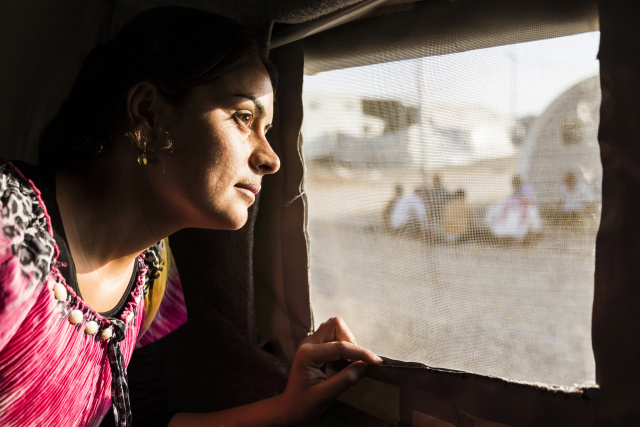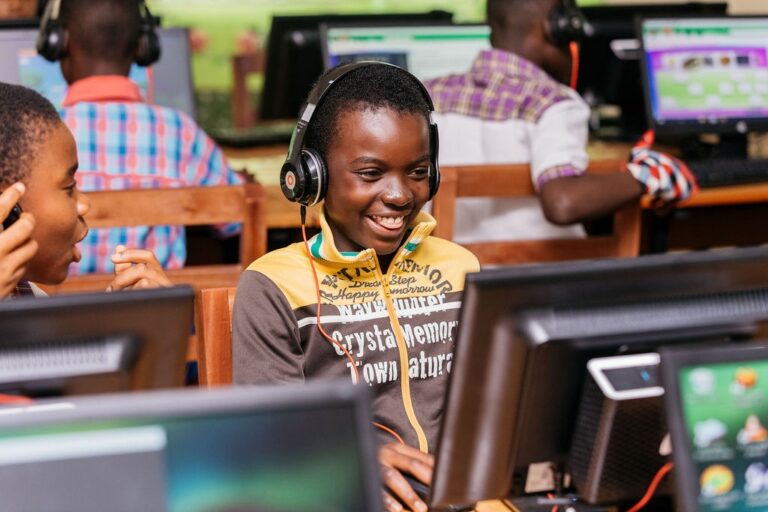Today at the UNICEF headquarters, as part of events marking the United Nations General Assembly week, a high-level meeting on action for refugee educationis being co-led by UNHCR and Save the Children. It is giving prominence to the findings of the latter’s recent Report, Time to Act. This Report estimated it would cost $21.5 billion over five years to provide all refugees in low and middle income countries with education, $11.9 of which should come from the international community.
But tracking international financing of refugee education is difficult as we will be telling those taking part in the event. Two international databases provide information.
First, the United Nations Office for the Coordination of Humanitarian Affairs maintains the Financial Tracking Service (FTS), a voluntary mechanism used by all humanitarian donors and implementing agencies to track humanitarian response plans and appeals almost in real time. We know that $433 million was spent in humanitarian funding on education in 2016; it increased further by 4% in 2017.
But this is an imprecise amount for at least two reasons. Only a subset of that education aid is for refugees; the rest is directed at education in other emergencies, which means the above number over-estimates the amount refugee education receives. And more than 40% is classified as multi-sector or ‘unspecified’, making it difficult to distinguish what is spent on education, and could be under-estimating the humanitarian aid going to education, including for refugees.
Second, the OECD DAC Creditor Reporting System (CRS) is a comprehensive global database on aid spending to which all OECD DAC member states are obliged to contribute, while some non-DAC members also provide information. Moreover, it provides information not just on humanitarian aid but also on development aid, which can also be a source of funding for refugees – and potentially one of growing importance.

Credit: UNESCO
In the case of humanitarian aid in the CRS database, there is no breakdown by education, or by specific target populations, such as refugees. Such analysis can only be carried out by going through the individual project database to identify whether refugee education was targeted. Albeit imperfect, an exercise carried out for the 2019 Global Education Monitoring Report to be released later this year showed that $425 million was disbursed through 225 humanitarian aid projects in 2016 on refugee education, an amount potentially consistent with the information from FTS.
But the CRS database also provides information on official development assistance on education. While the sector is clearly identified, understanding whether refugees were the beneficiaries required going through the project database. Analysis by our report suggests that a considerable, and less-recognized, amount of development aid funds refugee education. In 2016, $840 million in development aid funded refugee education. About $453 million was disbursed through UNRWA for Palestine refugees, while $387million was targeted at other refugee groups.
Excluding Palestine refugees, this means that, whether using the FTS or CRS figures, we can conclude that refugee education received just over $800 million in 2016 or only one third of the annual external financing need identified by Save the Children.
There is some evidence that strong advocacy and a clear strategy for inclusion in recent years may be paying off in terms of an increase in the attention education receives in humanitarian funding, starting from a very low base. For instance, looking at the FTS

Credit: Justine Redman
database, the share of education in the Syria regional refugee and resilience plan increased from 2.4% in 2015 to 7.4% in 2016 – remaining at an above average level of 6% in 2017. But in other emergencies, the priority accorded to education remains low.
The objective of today’s event is to galvanize further international efforts two years after the New York Declaration commitment “to ensure all refugee children are receiving education within a few months of arrival and to prioritise budgetary provision to facilitate this, including support for host countries” and weeks before the agreement on the Global Compact on Refugees. But we should not forget that we need much better tracking of spending on refugee education. Despite efforts, humanitarian aid data are not sufficiently fine grained to allow the international community to report on progress – or the lack thereof.
As Save the Children so aptly put it: it’s time to act.




![[Preliminary Report] CRNA Collaborative Research for Exploring Factors Nurturing"Happy and Resilient" Children among Asian Countries](https://equity-ed.net/wp-content/uploads/2024/09/1725672182698.jpg)

